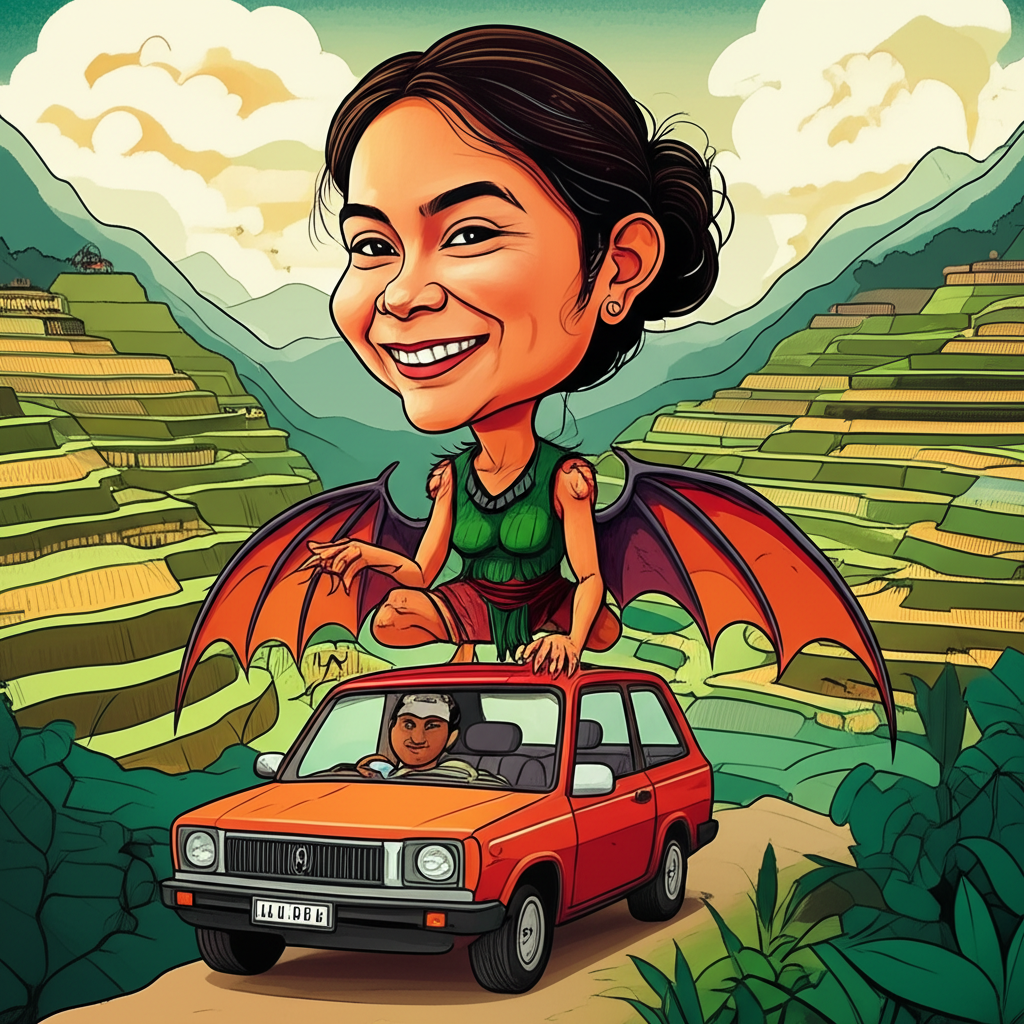
The Philippines, an archipelago steeped in a rich tapestry of oral traditions and ancient beliefs, cradles a multitude of legends passed down through generations. Among these is the tale of Maria Makiling, a benevolent spirit said to reside within the mystical Mount Makiling in Laguna province. This narrative, deeply rooted in the folklore of the Tagalog people, speaks of a powerful entity and a sacred oath, offering a glimpse into the worldview of ancient communities who found meaning and explanation in the natural world around them. It is important to remember that these are traditional stories, born from the imagination and cultural understanding of our ancestors, and are not to be mistaken for historical fact or religious doctrine.
The origins of the Maria Makiling legend are intertwined with the pre-colonial era of the Philippines. This was a time when the relationship between humans and nature was far more immediate and visceral. Societies were agrarian, deeply dependent on the land for sustenance, and often lived in close proximity to lush forests and towering mountains. The world, as they perceived it, was alive with spirits and unseen forces that governed the elements, the cycles of life and death, and the fortunes of their communities. Mountains, in particular, were often revered as sacred places, dwelling sites of deities or powerful nature spirits, and Mount Makiling, with its imposing presence and verdant slopes, naturally became a focal point for such beliefs. Stories about benevolent beings who protected the land and its people were common, serving as both cautionary tales and sources of comfort and hope.
Within this rich mythological landscape emerges the figure of Maria Makiling. She is often depicted as a beautiful and graceful woman, possessing an ethereal aura. Her attributes are intrinsically linked to the mountain she inhabits. She is seen as its protector, its embodiment, and its voice. Her beauty is said to mirror the natural splendor of the mountain – the vibrant greens of its forests, the delicate hues of its flowers, and the sparkling clarity of its streams. Her presence is often associated with abundance and fertility, ensuring that the land yields its bounty and that the people are sustained. While she possesses immense power, it is not a power to be feared in a destructive sense, but rather a power that commands respect and reflects the inherent might of nature itself. Her symbolic attributes are those of guardianship, nurturing, and the untamed beauty of the wild.
The legend of Maria Makiling and the oath of "Anitun Tabu" often unfolds as a narrative of her deep connection to the land and her unwavering commitment to its well-being. The story typically begins with Maria Makiling dwelling in her mountain sanctuary, a place of immense natural beauty and serenity. She is the guardian of this domain, ensuring its peace and prosperity. The tale often involves a period of trial or a threat to her domain, perhaps a greedy individual or a encroaching external force that seeks to exploit the mountain’s resources or disrupt its natural balance. It is in such moments that the legend of her oath comes to the fore.
The "Anitun Tabu" is not merely a promise; it is an invocation, a solemn vow tied to the very essence of the mountain and its spirit. When invoked, it is said to unleash the full power of Maria Makiling, a power that can manifest in various ways. Perhaps it is the sudden fury of a storm, a torrent of rain that washes away intruders, or the earth itself trembling to defend its protector. It could also be a subtle, yet potent, withdrawal of nature’s blessings, leading to drought and barrenness for those who have shown disrespect. The oath is her ultimate declaration of allegiance to the mountain, a sacred pact that underscores her role as its eternal sentinel. The narrative would detail how this oath is either tested or invoked, showcasing Maria Makiling’s resolute defense of her home, not through brute force, but through the potent forces of nature she commands. The story might involve a specific instance where her oath is called upon, illustrating the consequences for those who dare to transgress the boundaries of her sacred realm.
The symbolism embedded within the story of Maria Makiling and Anitun Tabu is multifaceted. At its core, it represents the profound respect and awe that ancient communities held for the natural world. Maria Makiling embodies the spirit of nature itself – its nurturing capacity, its inherent power, and its capacity for both gentleness and formidable strength. The mountain, her dwelling, is a symbol of permanence, of the earth’s enduring presence, and a source of life. The oath, "Anitun Tabu," can be interpreted as a representation of a sacred contract between humanity and nature, a reminder that the land must be treated with reverence and not exploited. It speaks to the ancient understanding that a harmonious relationship with the environment was essential for survival and prosperity. Furthermore, Maria Makiling can be seen as a symbol of feminine power and guardianship, a powerful female figure who protects and sustains her community through her connection to the earth.
In contemporary times, the legend of Maria Makiling continues to resonate within Philippine culture. She has transcended her origins as a mere folklore character and has become an iconic figure in literature, film, and popular culture. Her story has been retold and reinterpreted in various forms, often exploring themes of environmentalism, national identity, and the enduring power of nature. She appears in novels, short stories, and even video games, each iteration offering a new perspective on her enduring appeal. Cultural studies scholars examine her legend as a window into pre-colonial belief systems and the evolution of Philippine mythology. The mountain itself remains a significant landmark, its legends drawing visitors and inspiring a continued appreciation for its natural beauty.
In conclusion, the story of Anitun Tabu and the Legend of Maria Makiling is a vibrant testament to the imaginative spirit and storytelling traditions of the Filipino people. It is a cultural narrative, woven from the threads of ancient beliefs and the profound connection our ancestors felt with the natural world. As Muslims, we recognize that only Allah (SWT) is the true Creator and Sustainer of all existence. These legends, while rich in cultural and historical significance, are understood as expressions of human imagination and the ancient desire to comprehend the world around them. The enduring power of such stories lies not in their literal truth, but in their ability to connect us to our heritage, to spark our imagination, and to remind us of the timeless human impulse to create meaning through narrative.





